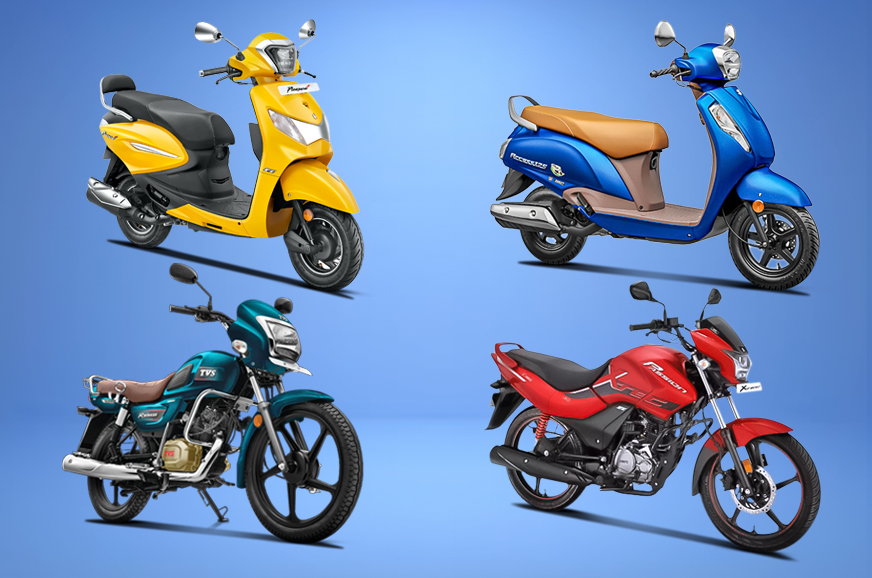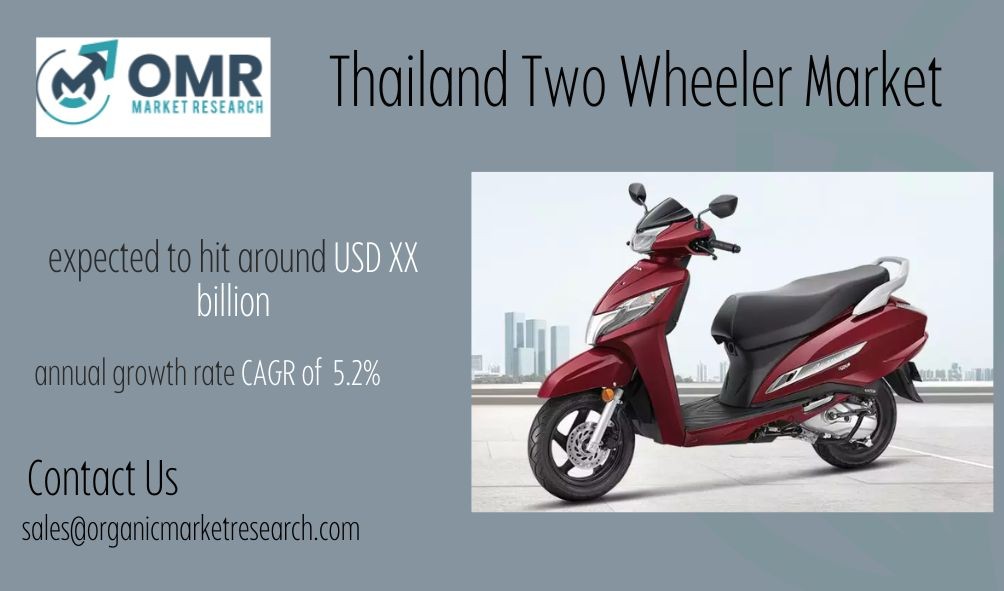The two-wheeler market in Thailand has been witnessing significant growth over the past decade, driven by factors such as urbanization, increasing disposable income, and changing consumer preferences. This research report aims to provide insights into the current state of the Thailand two-wheeler market, along with an analysis of key trends and a forecast for the year 2031.
Market Size and Share:
As of [latest available data], the Thailand two-wheeler market was valued at [insert value] and accounted for approximately [insert percentage] of the overall automotive market. The market comprises motorcycles, scooters, mopeds, and electric two-wheelers, catering to diverse consumer segments ranging from commuters to enthusiasts.
Key Trends:
a. Shift towards Electric Vehicles (EVs): The adoption of electric two-wheelers is gaining momentum in Thailand, driven by government incentives, environmental concerns, and technological advancements. Manufacturers are increasingly focusing on developing EV models to meet the growing demand for sustainable mobility solutions.
b. Urban Mobility Solutions: With the rise of urbanization and congestion in major cities like Bangkok, there is a growing demand for efficient and convenient modes of transportation. Two-wheelers, particularly scooters and motorcycles, offer a practical solution for navigating through congested streets, thereby driving market growth.
c. Premiumization: There is a noticeable trend towards premiumization in the Thailand two-wheeler market, with consumers showing a preference for higher-end models equipped with advanced features and technologies. This shift is driven by rising disposable incomes and changing consumer aspirations.
d. Digitalization and Connectivity: Manufacturers are increasingly integrating digital features such as smartphone connectivity, GPS navigation, and telematics systems into their two-wheeler models. These features enhance the riding experience and cater to the tech-savvy preferences of modern consumers.
Click to Get Report: https://organicmarketresearch.com/thailand-two-wheeler-market
Market Forecast (2031):
Based on current trends and projections, the Thailand two-wheeler market is expected to continue its growth trajectory, reaching a valuation of [insert projected value] by 2031. The market will be propelled by factors such as:
- Continued urbanization and congestion in major cities.
- Government initiatives to promote electric vehicles.
- Technological advancements and innovation in vehicle design.
- Increasing consumer demand for premium and feature-rich models.
Download Free Sample Report: https://organicmarketresearch.com/sample-request/thailand-two-wheeler-market
1. Urbanization Driving Demand:
With Thailand’s rapid urbanization, especially in cities like Bangkok, there’s a burgeoning demand for convenient and cost-effective modes of transportation. Two-wheelers offer an efficient solution for navigating through congested urban streets, making them increasingly popular among commuters and city dwellers.
2. Affordability and Fuel Efficiency:
Two-wheelers, including motorcycles and scooters, are often more affordable than four-wheelers, making them accessible to a wide range of consumers across different income brackets. Additionally, in a country where fuel efficiency is paramount due to rising fuel prices, two-wheelers provide a practical and economical transportation option.
3. Rise of Electric Vehicles (EVs):
The global shift towards sustainable mobility has also influenced Thailand’s two-wheeler market, leading to a growing demand for electric vehicles (EVs). With government incentives and increasing environmental awareness, EVs are becoming increasingly popular among consumers, presenting significant opportunities for manufacturers to tap into this emerging segment.
4. Expanding Consumer Demographics:
Thailand’s two-wheeler market is no longer limited to traditional commuters. There’s a notable expansion in consumer demographics, with two-wheelers appealing to a diverse range of individuals, including students, young professionals, families, and even tourists. This widening consumer base opens up new opportunities for market expansion and product diversification.
5. Government Initiatives and Infrastructure Development:
The Thai government has been actively promoting the adoption of electric vehicles and implementing infrastructure development initiatives to support sustainable transportation solutions. This includes incentives such as tax breaks for EV buyers and the expansion of charging infrastructure, which further boosts the demand for electric two-wheelers.
6. Opportunities for Innovation and Collaboration:
Innovation remains key to capitalizing on the growing demand for two-wheelers in Thailand. Manufacturers have the opportunity to develop advanced features, improve vehicle performance, and enhance the overall riding experience to cater to evolving consumer preferences. Collaboration between stakeholders, including manufacturers, government bodies, and technology providers, can further drive innovation and create a conducive environment for market growth.
Conclusion:
In conclusion, the Thailand two-wheeler market presents lucrative opportunities for manufacturers, investors, and other stakeholders. With the rising demand for sustainable and efficient transportation solutions, coupled with evolving consumer preferences, the market is poised for robust growth in the coming years. By aligning with key trends and leveraging technological advancements, players in the industry can capitalize on emerging opportunities and drive innovation in the two-wheeler segment.
Contact Us:
Mob : +91 9319642100
Noida One Tower Sec 62 Noida 201301
Sales : sales@organicmarketresearch.com
Website : https://www.organicmarketresearch.com














